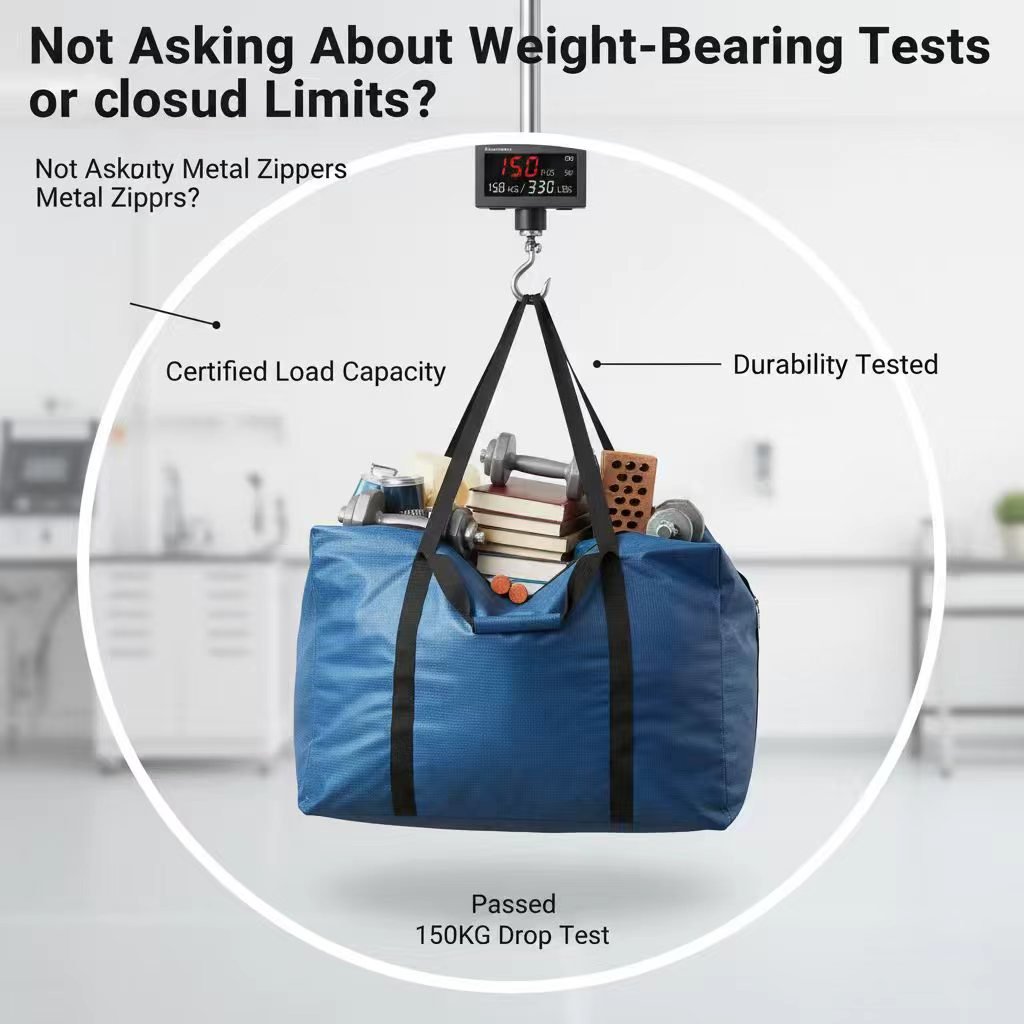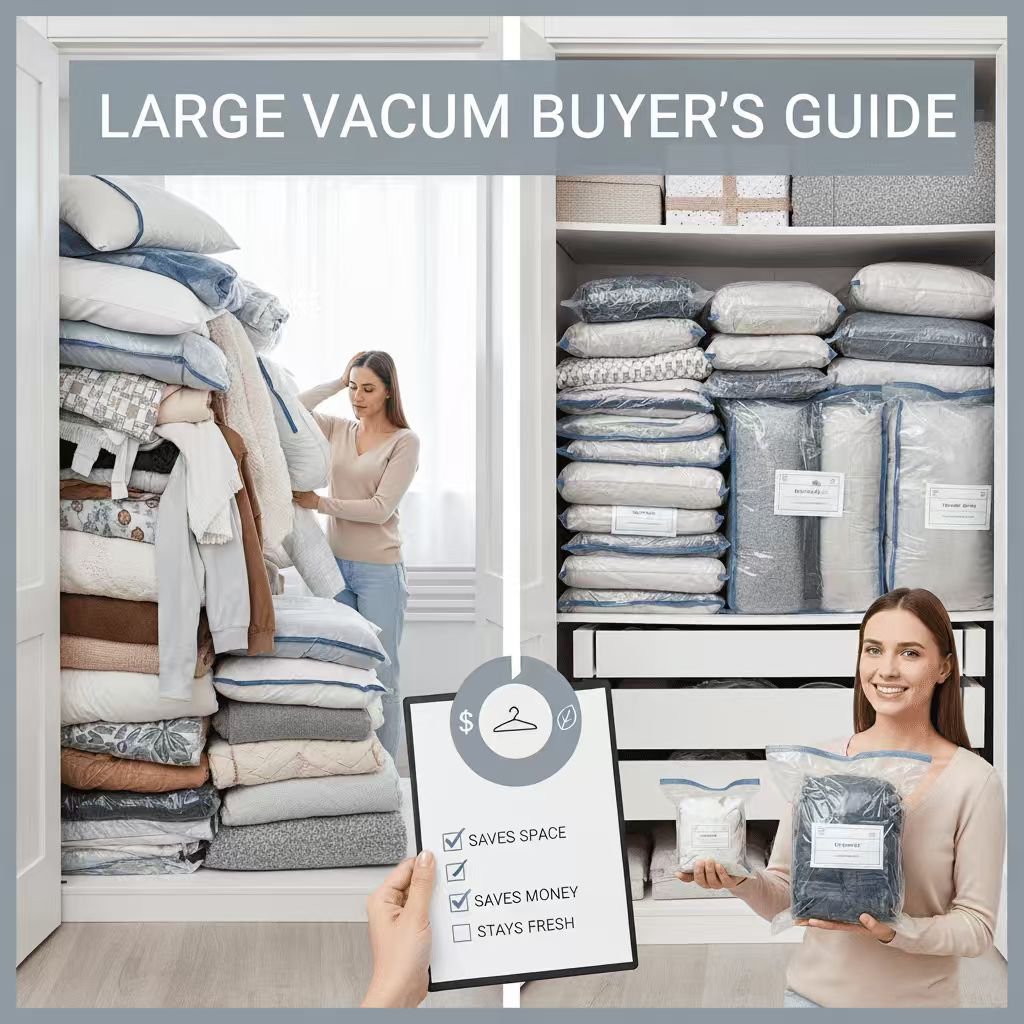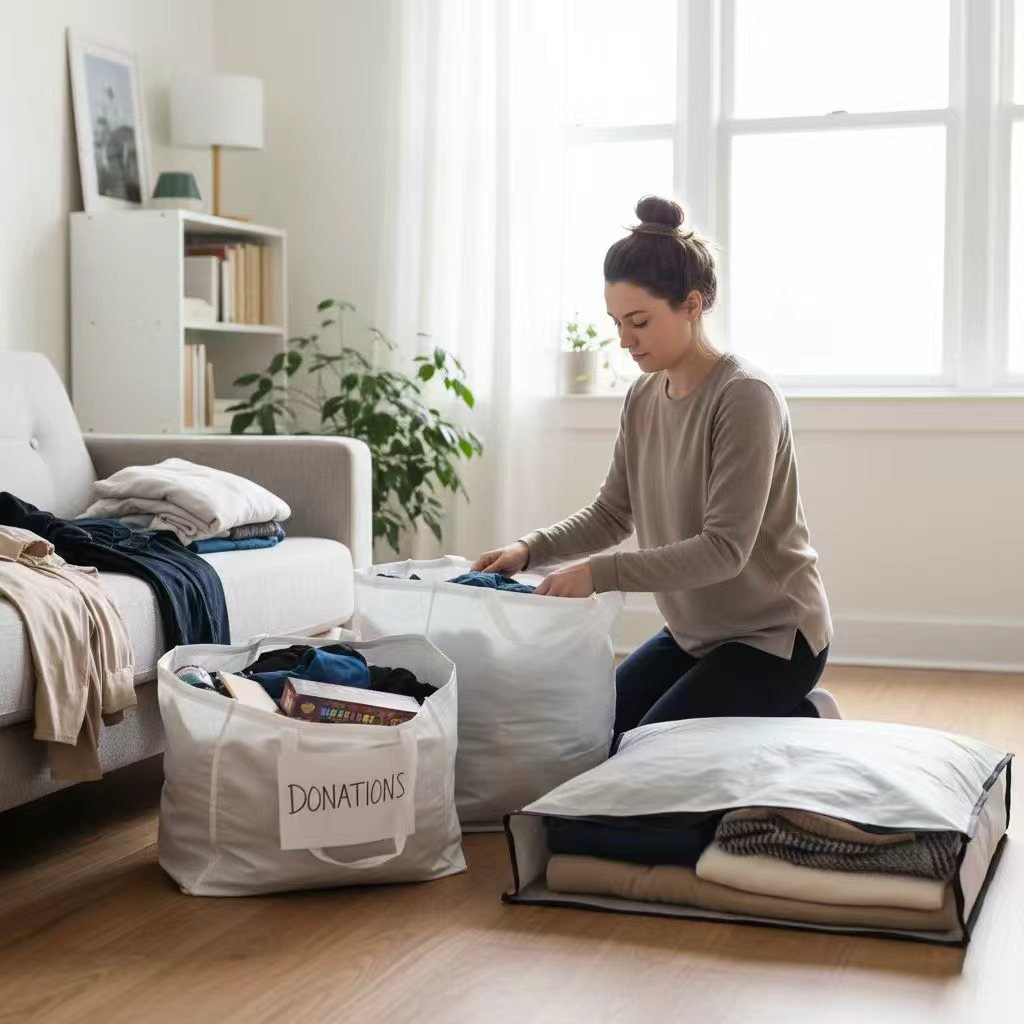
Plastic pollution is a rising global concern, pushing businesses to seek better alternatives. What materials are leading the sustainable shopping bag trend in 2025?
The most popular shopping bag materials in 2025 include canvas, jute, RPET1, non-woven polypropylene, cotton, bamboo fiber, and more due to their sustainability and customization potential. Explore what each material offers and decide which fits your business goals, brand image, and environmental commitment best.
Canvas Tote Bags: Durable, Stylish, and Perfect for Everyday Use?
Canvas bags are rising in popularity thanks to their blend of strength and aesthetics. They meet the demands of daily use and offer branding opportunities.
Canvas tote bags2 are known for durability, washability, and the ability to hold heavy items, making them ideal for long-term use.

Strengths and Applications of Canvas Bags
Canvas is made from heavy-duty cotton. It’s thick, reusable, and ideal for screen or digital printing. This makes it a favorite for promotional events and retail giveaways.
| Feature | Details |
|---|---|
| Material Type | Heavy Cotton Canvas |
| Durability | High |
| Customization | Excellent (print, embroidery) |
| Use Cases | Grocery, Promotions, Retail |
Canvas bags are great for buyers who want stylish, high‑quality products that last. Their flexibility allows for creative, branded designs.
Jute Shopping Bags: 100% Natural and Eco‑Friendly Choice?
Jute is experiencing a comeback in eco‑conscious markets due to its natural texture and biodegradability.
Jute shopping bags3 are biodegradable, sturdy, and perfect for branding in organic or eco‑themed stores.

Jute’s Place in the Sustainable Trend
Jute4 has a rustic look that appeals to brands promoting sustainability. Its rough texture adds an organic touch that plastic alternatives can’t match.
| Feature | Details |
|---|---|
| Material Type | Natural Jute Fiber |
| Biodegradable | Yes |
| Branding Style | Minimal, rustic |
| Use Cases | Gift shops, Farmers' Markets |
Jute bags appeal to clients who prioritize nature and want packaging to reflect brand ethics. However, jute is less suitable for detailed printing. How jute communicates natural brand values5
RPET Bags: Turning Recycled Plastic Bottles Into Premium Fashion?
RPET6 transforms waste into valuable fashion. It helps reduce plastic while maintaining durability and modern design.
RPET bags are made from recycled plastic bottles and combine environmental responsibility with strength and style.

RPET's Circular Economy Impact
RPET stands out in eco‑conscious B2B deals. These bags allow buyers to meet green certifications without sacrificing strength or water resistance.
| Feature | Details |
|---|---|
| Material Type | Recycled PET (plastic bottles) |
| Durability | High |
| Customization | Moderate |
| Use Cases | Corporate Gifts, Promotional Items |
If you want to show sustainability and innovation, RPET is a smart material choice. They perform well for buyers needing eco‑proof and modern style.
Non‑Woven Polypropylene Bags: Cost‑Effective Bulk Solutions?
For businesses looking to save costs while going reusable, non‑woven polypropylene7 offers the best price‑to‑function ratio.
Non‑woven polypropylene bags are cheap, light, and easily printed, making them perfect for large‑scale events or supermarket promotions.

The Utility of Non‑Woven Bags
Made by bonding plastic fibers, these bags are affordable and easy to mass produce. They're less durable than canvas or RPET but suit short‑term campaigns.
| Feature | Details |
|---|---|
| Material Type | Non‑Woven Polypropylene |
| Durability | Medium |
| Customization | High (Silk screen printing) |
| Use Cases | Trade Shows, Supermarket Bags |
They’re best for buyers who prioritize volume and price over long‑term use. However, some markets see them as less premium.
Paper Shopping Bags: The Sustainable Option for Luxury Brands?
Paper shopping bags8 are a classic go‑to for retail luxury brands needing eco‑certification and aesthetic appeal.
Paper bags offer biodegradability and high‑end design flexibility, perfect for boutique stores or premium packaging.

Strengths and Shortcomings of Paper Bags
While paper bags are visually elegant and recyclable, they aren't suitable for moisture or heavy weights. Handle type and thickness matter a lot.
| Feature | Details |
|---|---|
| Material Type | Kraft or Coated Paper |
| Customization | Excellent |
| Moisture Control | Low |
| Use Cases | Clothing Stores, Gift Packaging |
Luxury brands love them for their texture and design impact. But logistics and weather need extra attention.
Cotton Shopping Bags: Soft, Lightweight, and Customizable?
Cotton shopping bags9 merge softness with sustainability, offering a light feel and wide design range.
Cotton shopping bags are washable, lightweight, and great for high‑resolution printing, making them perfect for brand exposure.

Cotton as a Branding Canvas
Cotton offers a smooth surface for artwork and logos. It’s especially popular in wellness, beauty, and boutique industries.
| Feature | Details |
|---|---|
| Material Type | Natural Cotton |
| Feel | Soft and breathable |
| Customization | High (Digital, Screen Printing) |
| Use Cases | Cosmetics, Wellness, Giveaways |
Cotton bags suit businesses wanting high visual impact and a soft touch. They're ideal for client gifts or retail packaging. Why cotton remains a favorite for high-res branding10
Mesh Shopping Bags: Breathable and Perfect for Fresh Produce?
Mesh bags are rising as a go‑to for food‑focused buyers who need breathability for fresh goods.
Mesh shopping bags allow airflow, reducing spoilage and ideal for supermarkets or zero‑waste shops.

Why Mesh Works for Produce
Mesh bags are lightweight and reusable, often made from cotton or RPET. Their see‑through design helps identify contents easily.
| Feature | Details |
|---|---|
| Material Type | Cotton or RPET Mesh |
| Durability | Medium |
| Washable | Yes |
| Use Cases | Supermarkets, Farmers' Markets |
They’re perfect for food brands or stores that want to reduce single‑use plastic. However, they have limited use beyond produce.
Bamboo Fiber Bags: The Future of Biodegradable Fashion?
Bamboo fiber is gaining attention as a soft, fast‑growing, and renewable resource for eco‑focused buyers.
Bamboo fiber bags are soft, renewable, and biodegradable—ideal for brands seeking next‑generation sustainable materials.

A Look at Bamboo’s Market Potential
Bamboo grows rapidly without pesticides. It’s an innovative option for businesses ready to invest in biodegradable fashion.
| Feature | Details |
|---|---|
| Material Type | Bamboo Fiber |
| Biodegradable | Yes |
| Texture | Soft, smooth |
| Use Cases | Eco Fashion, Gifts |
Bamboo is best for innovative brands or promotions needing both sustainability and uniqueness. Limited production may affect cost.
Recycled Nylon Bags: High‑Performance and Water‑Resistant Designs?
Recycled nylon bags are popular in outdoor or sports brands thanks to their toughness and sleek finish.
Recycled nylon bags are durable, water‑resistant, and stylish—ideal for athletic or travel industries.

Nylon's Edge in Active Lifestyles
These bags offer performance where water resistance and strength matter. They are lightweight yet strong enough for repeated use.
| Feature | Details |
|---|---|
| Material Type | Recycled Nylon |
| Water Resistance | High |
| Customization | Medium |
| Use Cases | Fitness, Outdoor Gear |
Great for fitness and sports industries, nylon fits brands looking for style and durability in tough conditions.
Comparing Shopping Bag Materials: Which One Fits Your Needs Best?
Choosing the right material depends on your goals—cost, look, performance, or sustainability.
Each material offers trade‑offs in durability, customization, and eco‑friendliness. Match your priorities with the right bag material for the best impact.

Material Comparison Table
| Material | Durability | Eco-Friendly | Customization | Price Level | Best For |
|---|---|---|---|---|---|
| Canvas | High | Medium | High | Medium | Everyday Retail, Promotions |
| Jute | Medium | High | Low | Low | Natural Brands, Farmers' Market |
| RPET | High | High | Medium | Medium | Modern Eco Brands |
| Polypropylene | Medium | Low | High | Very Low | Mass Events, Supermarkets |
| Paper | Low | High | High | Medium | Luxury Retail, Gifts |
| Cotton | Medium | Medium | High | Medium | Wellness, Beauty |
| Mesh | Medium | High | Low | Low | Produce, Grocery |
| Bamboo Fiber | Medium | Very High | Medium | High | Eco Fashion, Unique Promotions |
| Recycled Nylon | High | Medium | Medium | High | Sports, Travel |
Choose the right bag material based on your industry needs, budget, and sustainability goals. A smart pick boosts both brand and customer trust.
Conclusion
Canvas, jute, RPET, non‑woven polypropylene, paper, cotton, mesh, bamboo fiber, and recycled nylon each bring unique strengths to the table in 2025. Whether you're aiming for durability, cost efficiency, brand expression, or high sustainability, there's a material that fits your goals. Thoughtful selection not only aligns with your business and eco values but also elevates brand perception and user experience.
-
RPET combines recycled content with performance for eco-conscious buyers. ↩
-
Why canvas is favored in high‑use, branded retail contexts. ↩
-
Jute fits low-impact, biodegradable, rustic packaging needs. ↩
-
Jute’s visual texture supports authentic sustainability messaging. ↩
-
How jute communicates natural brand values effectively. ↩
-
RPET’s role in circular supply chains and modern eco‑packaging. ↩
-
Non-woven polypropylene balances cost and usability for bulk usage. ↩
-
Paper’s premium look versus its functional limitations in luxury retail. ↩
-
Why cotton remains a favorite for high‑resolution custom branding. ↩
-
Mesh’s role in sustainable food retail and reducing spoilage. ↩





